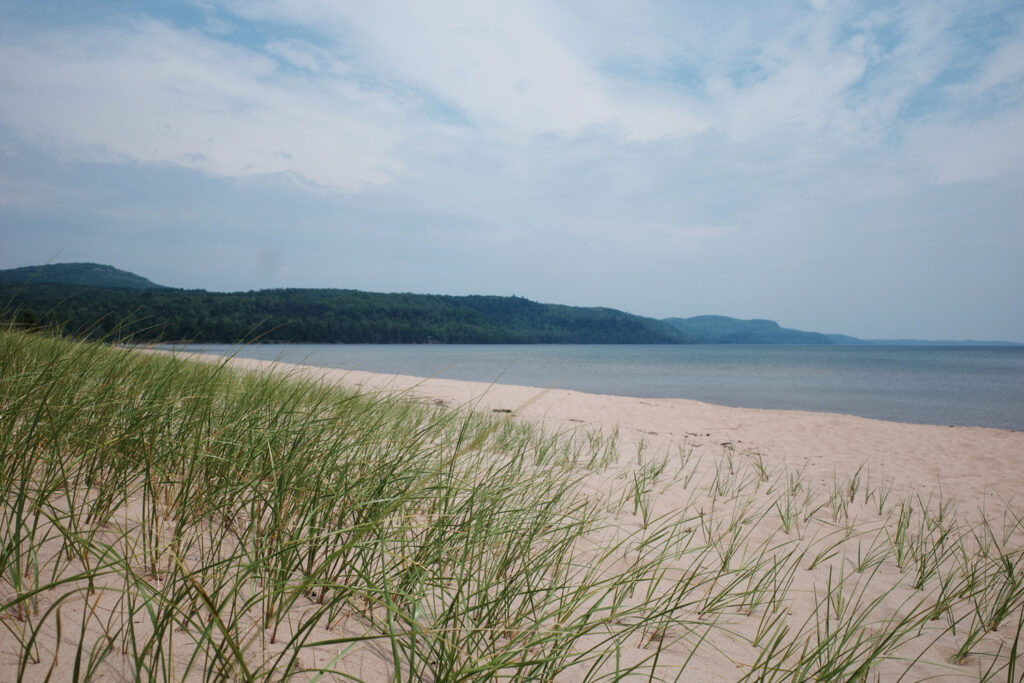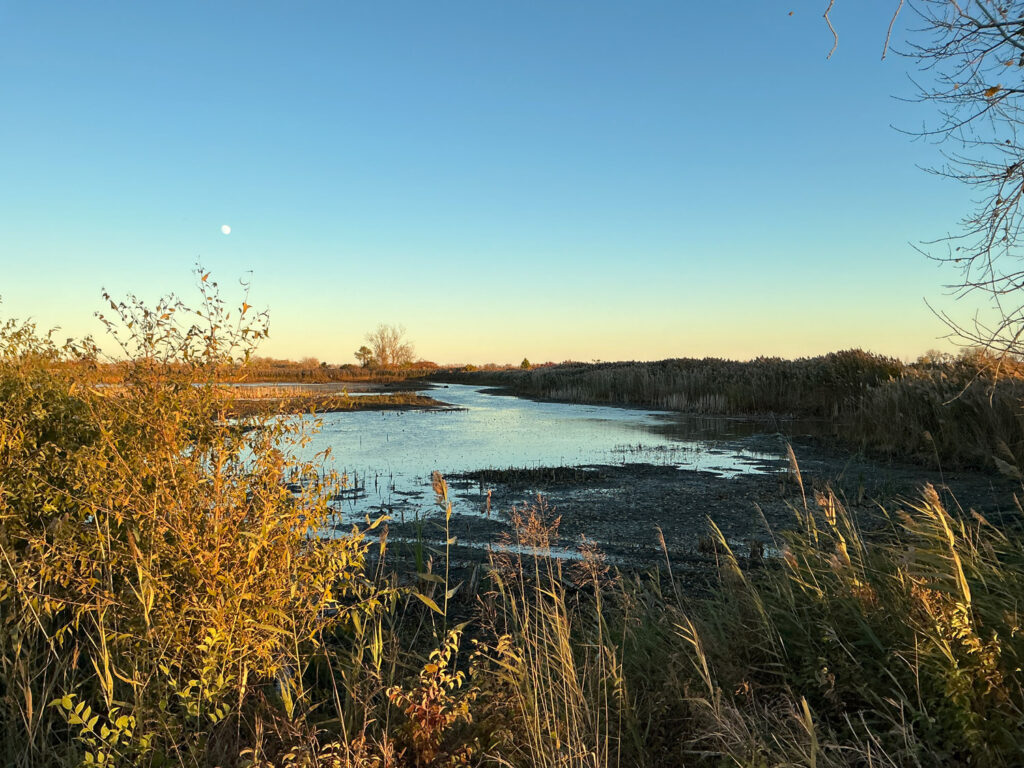Bete Grise — A long time ago, way Up North in the Keweenaw Peninsula, there were two American-Indian lovers. One day, the man went out into the waters of the great, deep lake and never came back, drowned by merciless Lake Superior. His mate stood on the sandy shore and wept. She waited on Bete Grise beach to no avail. Crying out, lamenting the loss of her beloved.
Many years have passed, but her cries have not. Her voice still lingers. If you know how to listen, you can still hear her eerie, mournful lamentations at Bete Grise. Or that’s the way the old legend goes.
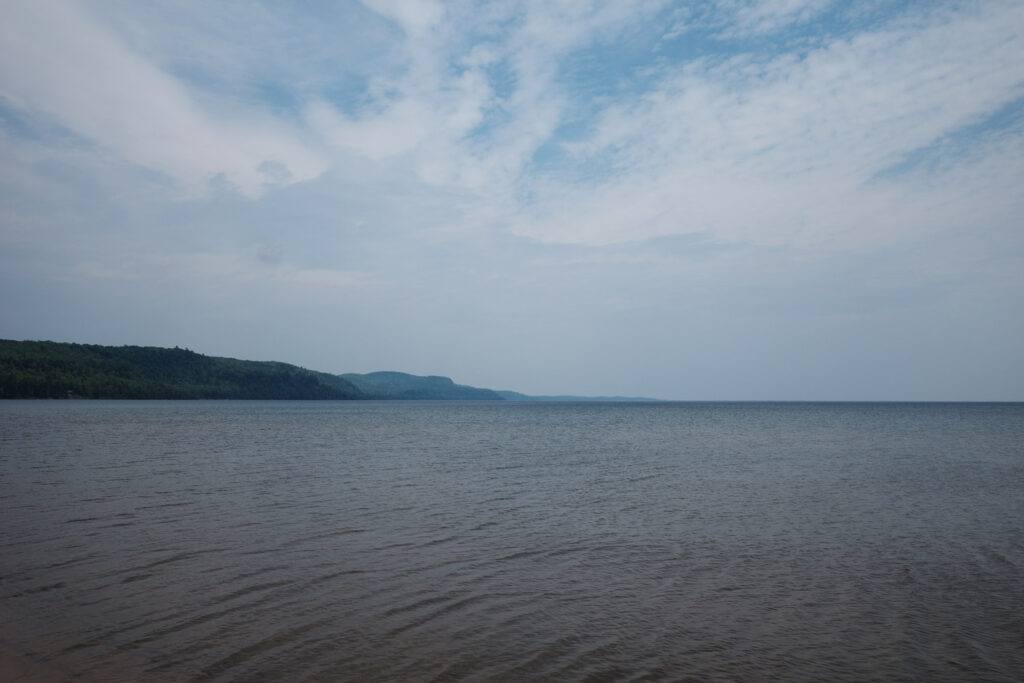
Her cries are trapped in the sand, not the wind. They say that if you strike the sand just the right way, those fine golden granules make a high-pitched wailing sound, and, most mysteriously, the sound can only be made there at Bete Grise. If you smack the sand where she wept, it cries. If you take the sand to another place and try the same thing, silence.
I don’t know if the sand from Bete Grise is silent when struck after being taken away and dumped in Little Traverse Bay, Los Angeles, or Bangkok. But I do know that at Bete Grise the sand does, indeed, sing. It cries a high-pitched, squeaky barking noise.
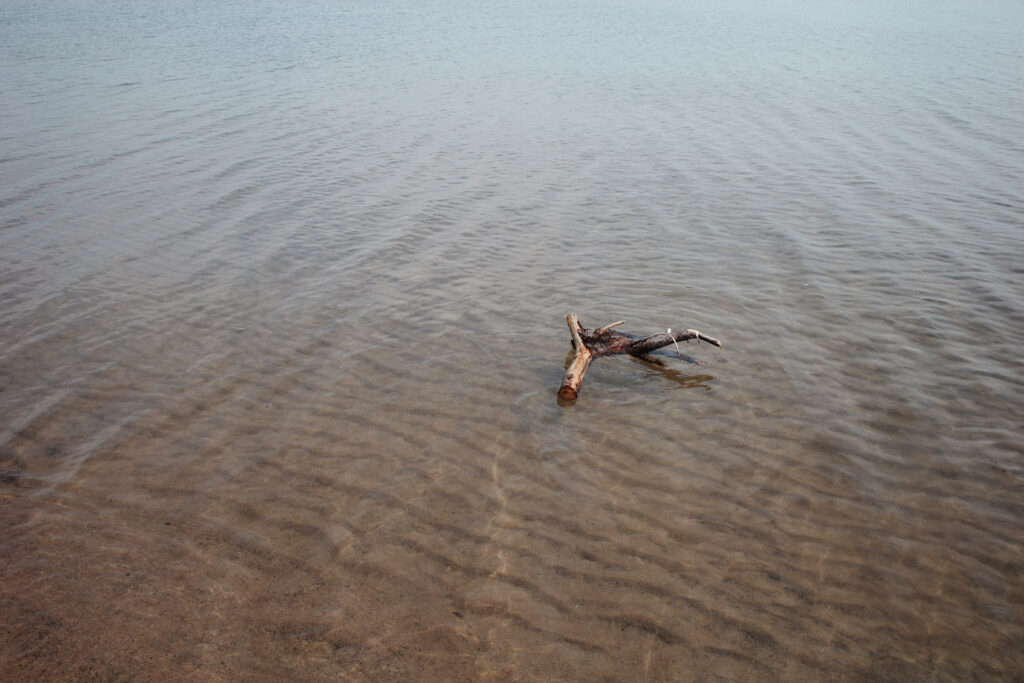
To make the sand sing, you have to hit it just right. You can’t come straight down and squash it. Nothing happens if you just pound your fist into the plushy yellow ground. You’ve got to come down at a 45-degree angle, like a plane might land. You must strike hard and, at the very end, push your hand up again, launching off the ground. It’s almost a violent kind of massaging motion. It’s hard to get it right at first, but once you get in the groove, it comes easy.
The noise the sand makes might sound a bit like singing if you think about it right. If you believe the legend strong enough, it may sound like the defeated cries of a woman in the distance who can’t quite catch her breath. Or it might just sound like a weird little squeak if you aren’t particularly excited by folktales.

Legends, myth, and lore. What would our world be without them? Pretty boring, probably. The world of strict rationalism, scientific explanation, and dull probability is all pretty clean and clear when put down on paper or into an Excel spreadsheet. But none of that provable stuff is terribly inspiring, thought provoking, or poetic in the end. It’s just, sort of, uninspiring.
Deep down we long for the poetic and the dramatic, the legend and the myth. If we are honest we don’t really care if it’s true or not, or provable or not. That’s not the point. Do we feel something? Does it inspire anything within us? Can we see ourselves in it too?
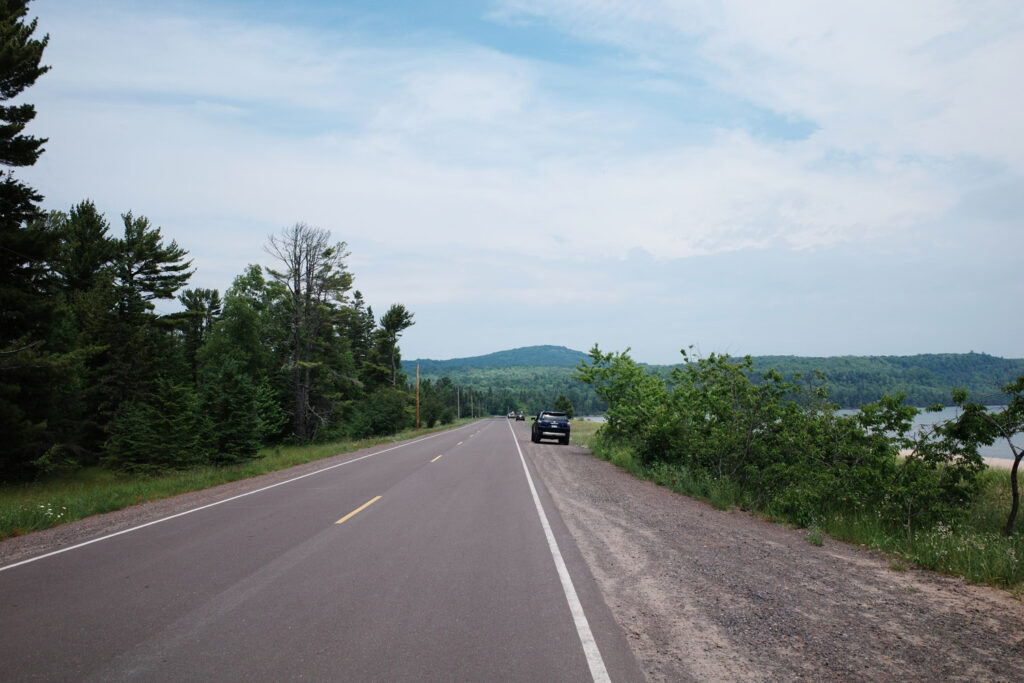
That’s what the story of the singing sands at Bete Grise is about: love, loss, mourning. That there is passion and drama in the world. The thought, or maybe hope, that our own tragedies might somehow reverberate as strongly as that which befell our two American-Indian lovers long long ago, before civilization came to the Keweenaw.
We think we’re so smart these days. We think we’ve got it all figured out. It’s why we have a hard time reading anything from the before world. And it’s not only that we can’t relate to legend or lore. It’s that we can’t even relate to those who didn’t feel the need to petulantly swat down everything they couldn’t prove just to demonstrate how smart they are.
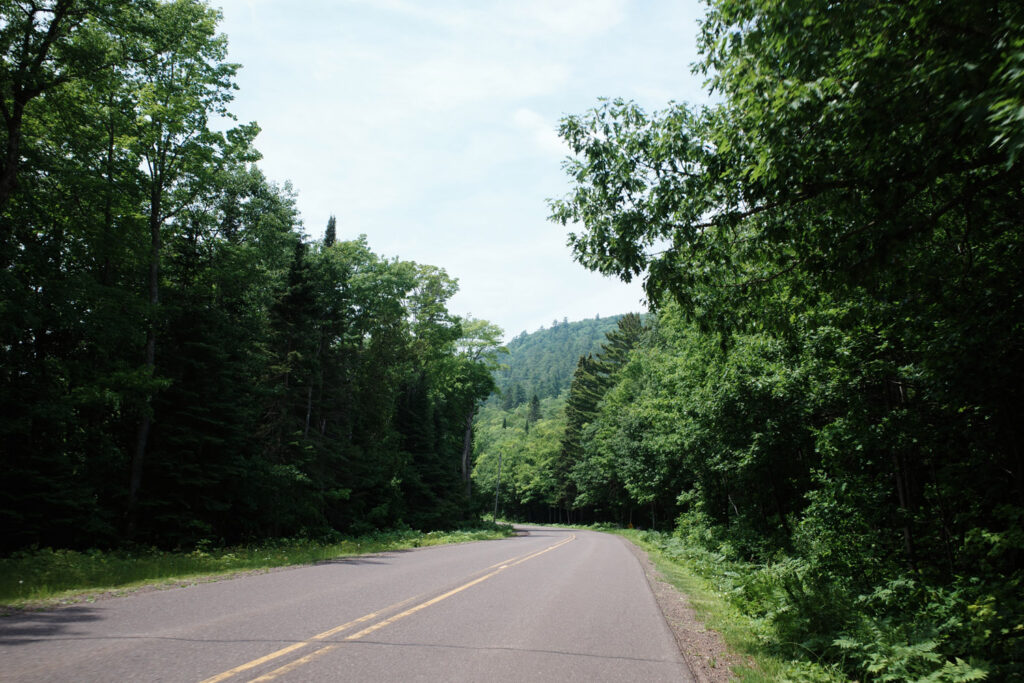
This know-it-all impetus of ours is, ironically, part of why we’re so unfulfilled in our 21st century, and why life feels meaningless, bland, and dull to all too many. Myth gives life (and our world) meaning, mystery, and poetry. Too bad we’re too concerned with seeming smart to let ourselves wonder about it.
It’s hard to imagine a better place for a sorrowful legend like that of the singing sands at Bete Grise. Way up at the tip of the Keweenaw, Bete Grise is just about as far away as you can get.
There was once a mining village here, but like our American-Indian lovers, it’s been long gone for quite some time now. Not a single physical reminder remains, only the knowledge it once was. The road is still. The beach is beautifully barren. Looking east along the coast all one sees are rolling hills of green pine falling into the cold water.
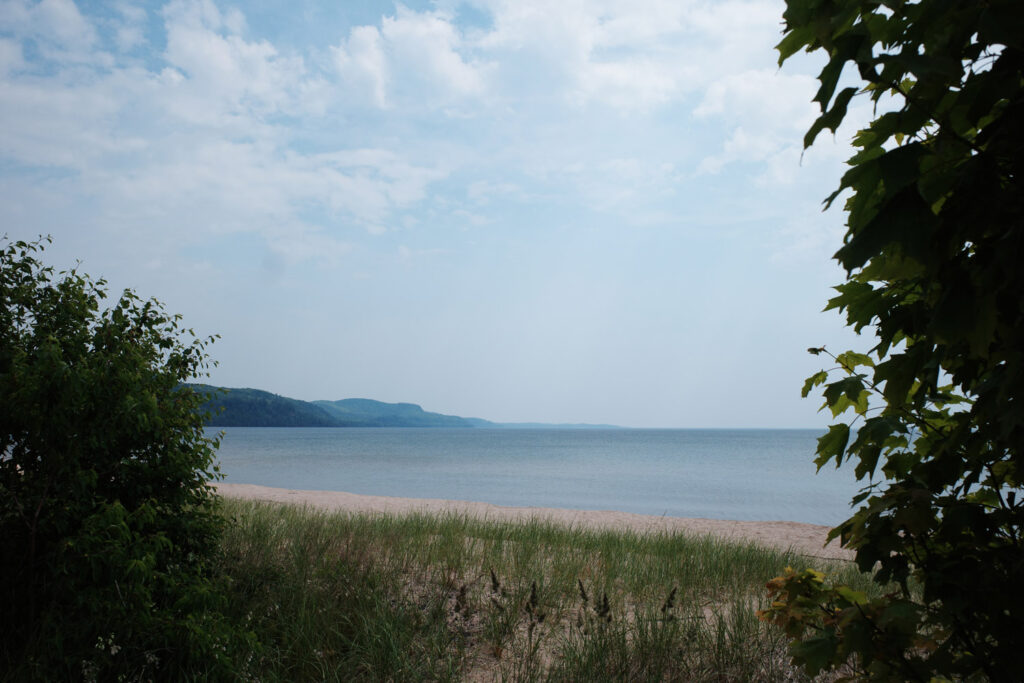
What makes the sand sing at Bete Grise? The geologist would probably explain to me that it’s some reaction between the varying types of sediment present in the area, or maybe some ancient mineral deposits brought down from the glaciers, or some other entirely reasonable explanation like that.
I’m sure he’d be right. And I’m sure I would nod my head along knowing that I now understood what makes the sand sing at Bete Grise.
It would all make sense, and it would all be fine. But it would be kind of boring. I’d rather, somewhere in my consciousness, believe—or at least not disbelieve—in the rather unbelievable legend of those two American Indian lovers at Bete Grise. So I think that’s what I’ll do.
O.W. Root is a writer based in Northern Michigan, with a focus on nature, food, style, and culture. Follow him on X @NecktieSalvage.
